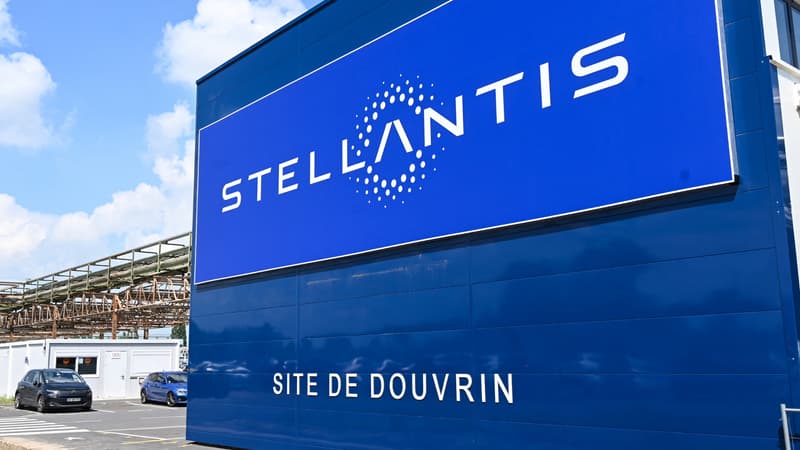Revert in semi -autonomous pipe. Stellantis abandoned the internal development of its first advanced driving aid (ADAS) system of level 3 due to the high cost, technological challenges and uncertainty about consumers’ appetite, Reuters learned on Tuesday, August 26, three people to the archive.
This is a change by the group, which still presented this program last February as an important pillar of its strategy and described it as ready to
be deployed.
A delegation of behavior in certain situations
Such a system is intended to allow the driver, under certain conditions, to refrain from maintaining the flywheel and keeping his eyes on the road, temporarily consulting his phone, watching movies or reading books. A function still very rare in Europe and that Mercedes has been offering, for example, since the beginning of 2022
Stellantis confirmed to Reuters that the adas software level 3 (N3) has never been launched, as the sources said. However, the company has refrained from declaring that the program was canceled.
“What was released in February 2025 is an N3 technology for which there is currently a limited demand on the market, so it has not been launched. But technology is available and ready to be deployed,” said a Stellantis spokesman.
However, according to the sources, the program has “put in the fridge” and should not be implemented.
When asked about the amount of investments and the time given to the program, Stellantis refused to respond, simply emphasizing that the work done for this program called “Autodrive” will be useful for the development of later versions.
The former CEO of Stellantis, Carlos Tavares, had reported in 2021 the beginnings of the Autodrive program, presenting it as one of the main technological platforms that would reach the market in 2024.
An expensive approach with the software world
In recent years, traditional car manufacturers have spent billions of dollars to develop vehicles equipped with software that can be updated regularly, such as smartphones, following the technologies offered by Tesla and then by a variety of Chinese manufacturers of electric vehicles.
For many traditional manufacturers, these approaches have been scored by obstacles, such as the increase in costs, talent scarcity and dealing with an internal bureaucracy.
Stellantis’s decision in Autodrive confirms the group’s difficulties to carry out their technological ambitions. According to four people, by the way, Stellantis is increasingly based on external suppliers for the software that expected to develop internally, and is looking for potential suppliers to contribute to the cost and development of Autodrive.
Stellantis said he trusts Aimotive, a new company that the manufacturer bought in 2022, to produce the next generation of the Autodrive program. He refused to specify when this program would be ready to be launched in the market and if he would include a level 3 system.
In addition, as reported first by Reuters, the association between Stellantis and Amazon in the Smartcockpit software, for ‘connected’ technologies aboard the
Vehicles recently ended. The automobile manufacturer has said that now he was going to use an automotive system of Android, which is already in Renault and Volvo.
Stellantis, in difficulties due to the decrease in sales, is under pressure to reduce their costs. The new general director Antonio Filosa, appointed after the sudden departure of Carlos Tavares last year, worked on a new strategy whose contours should reveal in early 2026.
Source: BFM TV


